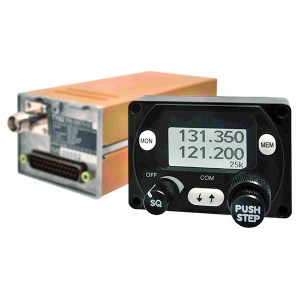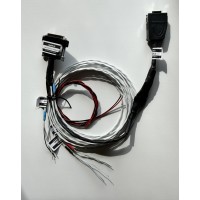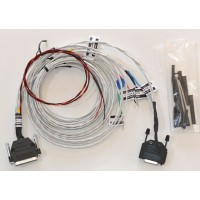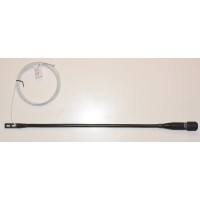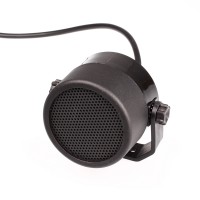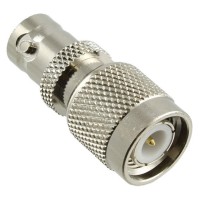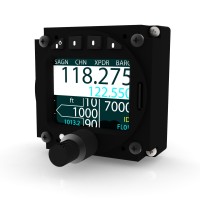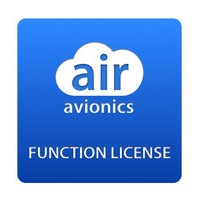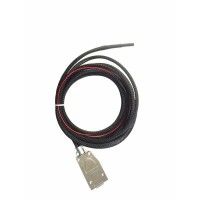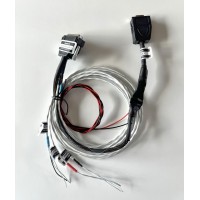Trig TY91 Panel Mount Aviation Radio
*** Price does not include tariff.
The new TY91 radio is a very interesting product. It looks great in the panel next to a Trig TT21 or TT22 transponder. The dual-monitor function makes it possible to hear transmissions on the standby frequency if nothing is being received on the main frequency - enhancing safety.
The Trig TY91 takes up minimal space and weight. The innovative use of a control head and separate radio hardware unit provides more installation options, especially when space is at a premium.
The control head can be conveniently mounted in a full 57mm round hole or even smaller compact mount. Fitting is straightforward, and once installed the depth of the radio control head is only 74mm. In practice this means that the Trig TY91 and TY92 control head can be located in an aircraft instrument panel where a ‘single box’ radio will simply not fit.
Light sport, ultra light, glider and balloon pilots will fit the Trig TY91 radio, this lower powered 6 watt model is ideal for the majority of GA users.
Remote Mount Version
The Trig TY91 is available in a "Remote Mount" version with no display. It is works great with the Air Avionics ACD-57 Altimeter. It includes the mounting tray and install kit with mating connectors.
Dual-Display Version
The Trig TY91 is available in a Dual-Display version for use in 2-seat sailplanes.
Features:
- Low Weight
- Minimal Panel Space
- Low Power Consumption
- 6 Watts Nominal Output
- 8.33 and 25 kHz channel spacing
- Simple Installation
The TY91 is the perfect comms partner to our TT21 and TT22 Mode S (1090 ES ADS-B Out transponders).
The TY91 is TSO approved for fitting to European and FAA registered aircraft.
Choosing the Right VHF Radio
For those looking to buy a VHF radio there's an old French saying, "Too poor to buy cheap." In aviation buying a cheap VHF radio might seem like a bargain. However, you can potentially save money in the long run by buying a quality certified VHF Comm, whilst also enjoying a much better user experience.
This review looks at the merits of the Trig TY91 VHF Comm Compact radio. This is a 6-Watt certified radio made by Trig Avionics Limited and is used by the T-28 Texas flight demonstration team the Trojan Phlyers.
The Benefits of Modern Design
Most pilots would agree that an aviation VHF radio is one of the most heavily used, and important pieces of avionics that you will buy.
If your radio's performance is poor, and it is confusing to use then this can become really irritating. What might have been a cost saving, can become a curse.
In contrast to conventional single box radios, the TY91 is a modern digital radio design. It comes in two parts, with a controller and back box. Being certified, the radio complies with stringent technical and performance standards. Does this really matter?
Well yes, the accuracy and precision in design results in clean and crisp voice transmissions with validated power and range. The TY91 suffers no interference or 'bleed over' from adjacent frequencies, which can occur in older designs. All this results in transmissions that are easy to hear and comprehend, so flying is more relaxed and stress free.
Space Saver
The two-part design of the TY91 provides clever options, for installation. The controller takes minimal depth in the panel and comes with blanks to fit in a conventional two and a quarter inch round hole, or a space-saving compact mount (shown below). The radio can be mounted at the edge of a panel, freeing up valuable space for other avionics.
The TY91 hardware back box can be installed away from the panel, for example, behind the pilot seat. This location reduces the cable length to the antenna, resulting in superior output performance at the antenna. Weighing less than a 1lb, the TY91 saves weight too. No cooling or fans are required, and the TY91 is highly energy efficient. Using a battery to drive a TY91 is commonplace in the sailplane community.
Better By Design
Trig Avionics make the claim that their products are 'Better by Design'. They say this makes their avionics more innovative and easier to use. So aside from quality, what features does it offer?
- Superior User Interface / flip flop
- Dual watch - monitor two frequencies
- Push Step - for faster tunning
- Crisp display - full daylight & backlit
- Nine channel memories
- Built-in two place Intercom
- Audio Input (mono)
- Built-in speaker amplifier
Having flown with the TY91 the Dual Watch function is genuinely impressive. It allows the pilot to listen to ATIS on the secondary frequency. At the same time, the primary frequency can be tuned to the tower, if the tower calls you will immediately hear their transmission. There are lots of situations where being able to monitor two frequencies is helpful - for both experienced and low hours pilots.
Making quick frequency selections is simple on the TY91 controller. 'Push Step' allows you to move through the bandwidth in 50 kHz spacing and make fast adjustments in 25 kHz steps, simply by pushing the Push Step to toggle between. This is smart and well executed. Having nine channel memories is sufficient, but the TY91 can also be wired to a compatible GPS. As you fly the magenta line, frequencies load, with identifiers, automatically into the radio secondary channel. Pressing the flip-flop button then makes this primary, in an instant. Finally, the built-in two place intercom saves additional weight and cost. Trig has made a high quality set up which is ideal for a two-place aircraft.
Money Matters
The TY91 is a high-quality product that looks great In the panel and you will enjoy using for many years to come. Trig has made a high-quality unit that is supported via Mid Continent Instrument and Avionics, Kansas. The TY91 comes with a two- year warranty, from the date of installation and costs $ 1,802 (list price excluding tax). A 16-Watt version, the TY92 is also available for high performance aircraft.
Antenna Connector
The TY91 utilizes a TNC (not BNC) connector for the antenna cable connection. TNC connectors are commonly used on transponders. Most sailplane radio installations use BNC connectors. A crimp-on TNC connector is included. Specifications for the required crimping tool are listed in the manual. Or you can use the simple TNC to BNC adapter found below.
Low Voltage Operation
I asked Trig about the low voltage operation of the unit. Their response is below.
This is a common question, but is not well addressed by the certification standards. The "normal minimum voltage" is defined by the RTCA and therefore the FAA as being 11 volts (for 14 volt equipment) or 22 volts (for 28 volt equipment) - we didn't choose that specification point. The corresponding "emergency operating voltage" is defined as 9 volts respectively. This is because according to the standards the nominal bus voltage is 14 volts rather than 12 volts, which is the voltage with the alternator on-line. For those of you who forgot to fit an engine to your airplanes, we understand this can be tricky :-)
At voltages greater than or equal to 11 volts - the voltage chosen by the FAA - wemeet all of the TSO standards, including the rated transmitter power. Our radio is also certified for use in an emergency, and it is considered an emergency whenever the bus voltage is below 11 volts, down to 9 volts bus voltage. At voltages BELOW 11 volts (down to 9 volts) we are allowed to back off the transmit power, which is a good thing because it makes the battery last longer. The Trig radio therefore continues to work, but will transmit a proportionally reduced output power as the bus voltage falls. FYI, at 9 volts the radio will be about 2.7 watts carrier power.
I believe this is how most of the other radios on your comparison page are designed. Some were only designed to work to the 11 volt "minimum". Those that have included the "emergency" voltage all back off to some extent when less volts are available.
The radio puts a warning message on the screen when the voltage falls through 10 volts.
Microphone Compatibility
The TY91 requires an amplified "aviation style" electret microphone. It will not work with Becker or Dittel or Peiker "dynamic" microphones. It will work with the Peiker ME510-25in gooseneck electret microphone.
Speaker Compatibility
The TY91 requires a speaker of 4 or 8 Ohm, 4 or more Watts. I recommend the Peiker KL-1 speaker.
Trig Example Systems - Radios <<-- Click Here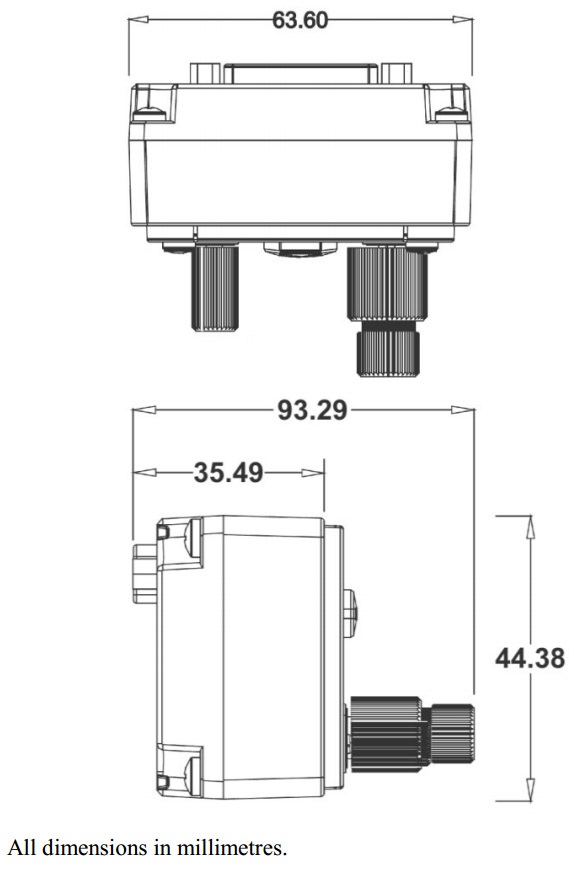
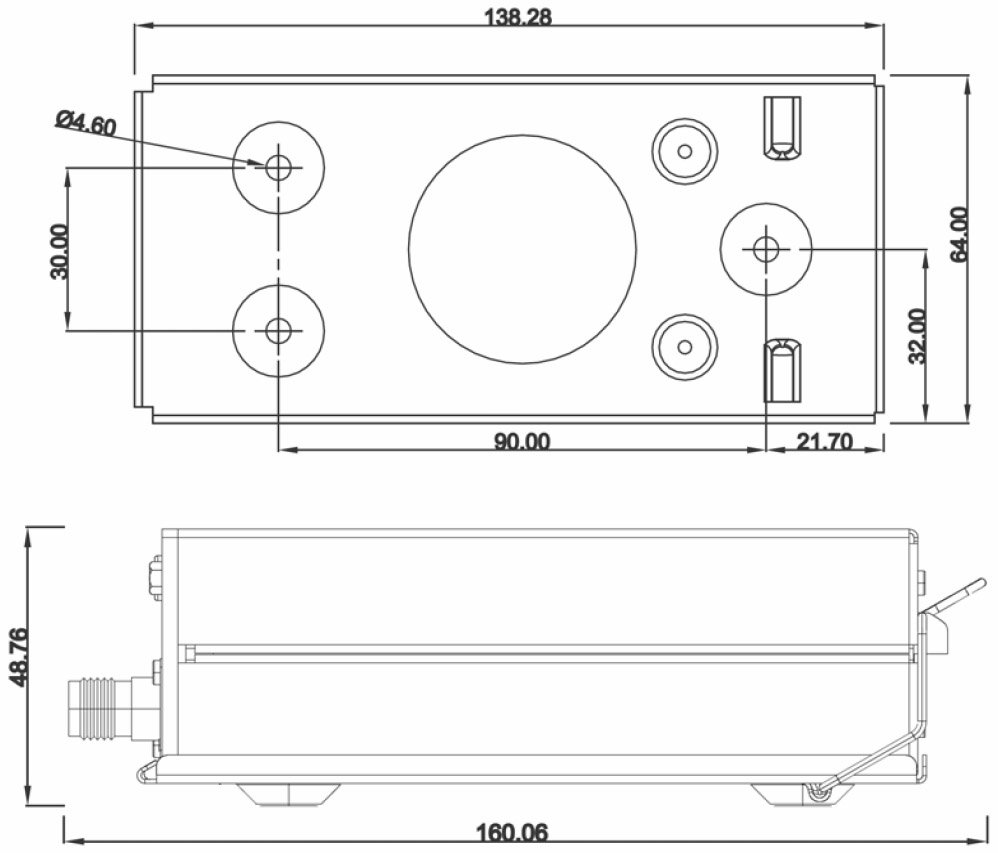
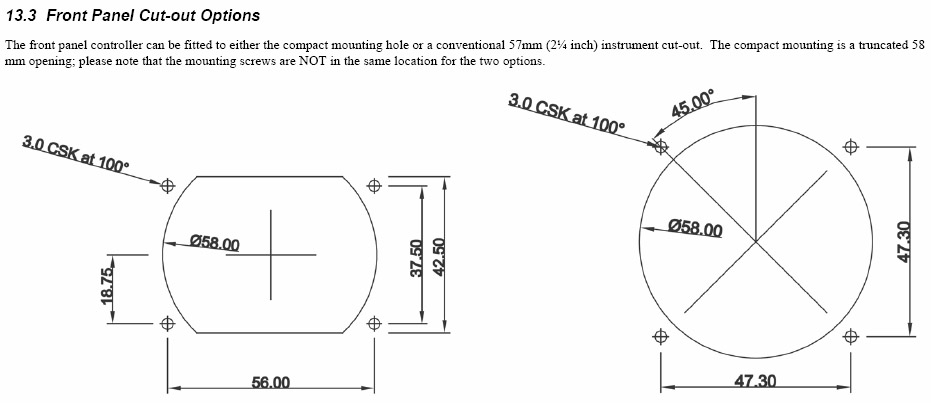
Related Products
Goddard-Cable-TY91-1SeatGlider-0p5
Wiring Harness for TY91 Radio in Single-Seat Sailplane, 0.5 m (19.7 inches)This is a pre-wired wirin..
$145.00
Goddard-Cable-TY91-2SeatGlider-0p5
Wiring Harness for TY91 Radio in Two-Seat Sailplane, 0.5 m (19.7 inches)This is a pre-wired wiring h..
$175.00
Peiker-ME510-25in
ME510 Gooseneck Electret Microphone Assembly - 25 inThis is a great electret microphone for use..
$370.00
Peiker-KL-1-8
KL-1-8 Speaker, 8 Ohm, 5 WattNice small speaker for use with an aircraft radio or variometer or flig..
$40.00
Peiker-KL-1-4
KL-1-4 Speaker, 4 Ohm, 5 WattNice small speaker for use with an aircraft radio or variometer or flig..
$40.00
Adapter-TNCf-BNCm
Adapter - TNC to BNCThis adapter is used to connect an antenna cable with a BNC connector to a radio..
$15.00
AIR-ACD-57-Altimeter
AIR Control Display, ACD-57 Digital Altimeter and (optional) Radio and Transponder ControllerAIR Con..
$995.00
Goddard-Cable-TY91-2SeatGlider-2Displ-3
Wiring Harness for TY91 Radio in Two-Seat Sailplane with 2 TC90 displays, 3 mThis is a pre-wired wir..
$225.00
AIR-ACD-License-Trig-TY91
AIR-ACD-License-Trig-TY91AIR Avionics software license for enabling an ACD-57 to control a Trig TY91..
$305.00
AIR-ACD-Cable-Trig-3m
AIR-ACD-Cable-Trig-3mAIR Avionics Cable, 3m, for connecting an ACD-57 to a Trig TY91 or TY92 aviatio..
$195.00
Goddard-Cable-TY91-ACD-1SeatGlider-0.5
Wiring Harness for TY91 Remote Unit with ACD-57 in Single-Seat Sailplane, 0.5 m (19.7 inches)Wiring ..
$245.00

